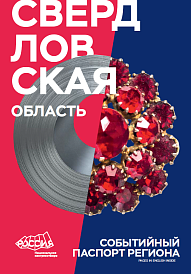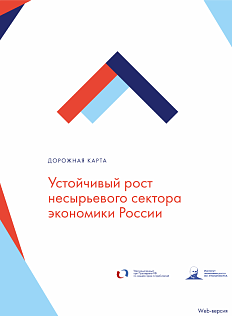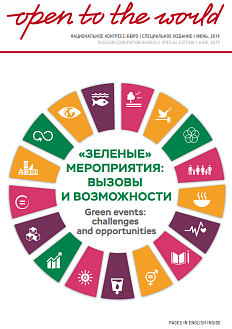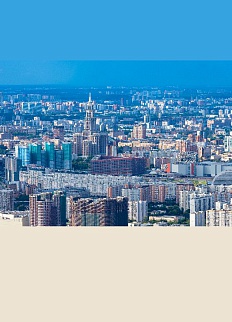Ekaterinburg — the administrative center of the Sverdlovsk region — is an industrial, metallurgical, mining, transport and cultural center located between Europe and Asia. It is difficult to find another place in the world in which so many precious stones are concentrated. Ural gems are not just minerals, but a miracle of nature, glorified in fairy tales.
The Ural Mountains is a unique natural site of our country. «Ural» in Bashkir means «a belt». There is a legend about a giant who wore a belt with deep pockets. He hid all his wealth in them. The belt was huge. Once the giant stretched it, and the belt lay across the earth — from the cold Kara Sea in the north to the sandy shores of the southern Caspian Sea. Thus, the Ural Range was formed.
Sverdlovsk region is one of the largest in Russia in terms of proven reserves and predicted resources of various minerals and belongs to the oldest mining regions of Russia.
The natural resources of the region, its «under- ground storerooms», are truly unique: rich reserves of oil, gas, coal, potassium salts, gypsum. Numerous, often complex ore deposits are concentrated in the region — iron, copper, nickel, gold, silver, etc.
Ural is particularly famous for its gem-stones — precious, semi-precious and ornamental stones (emerald, amethyst, aquamarine, imperial jade, red manganese, malachite, etc.). Depths of mountains contain over two hundreds of various minerals.
The Sverdlovsk Region is the largest Ural region comprised in the Urals Federal District. The Region covers the middle and northern parts of the Ural Mountains, and western margins of the West Siberian Plain. Its area is 194 307 sq. km; it extends 660 km from the North to the South, and 560 km from the West to the East.
The population of the Sverdlovsk Region, according to the Federal State Statistics Service as of January 1, 2019, is 4.32 mln people, 3.67 mln of which live in cities, and the rural population amounts to 658,000 people. The population density is 22.21 people per sq. km. It is the fifth largest region in Russia by population.
The economy of the Sverdlovsk Region has always been industrial by its nature and it still is a significant part of added value is created in industrial manufacturing. The industrial production index for a full range of organizations, ac- cording to the Federal State Statistics Service for the Sverdlovsk Region, in 2019 amounted to 101.7 % of the level of 2018. The industrial production index for a full range of organizations, according to the Federal State Statistics Service for the Sverdlovsk Region, in 2019 amounted to 101.7% of the level of 2018.
The Sverdlovsk Region is an important transport hub — it’s a place, where railways, highways and air routes of All-Russia importance meet, including the Trans-Siberian Railway. The density of railway and road networks exceeds average indicators of the country.
Sverdlovsk region from the Demidov time of the mining-factory civilization is «the supporting edge of the state, its earner and blacksmith», the largest industrial center of the country.






